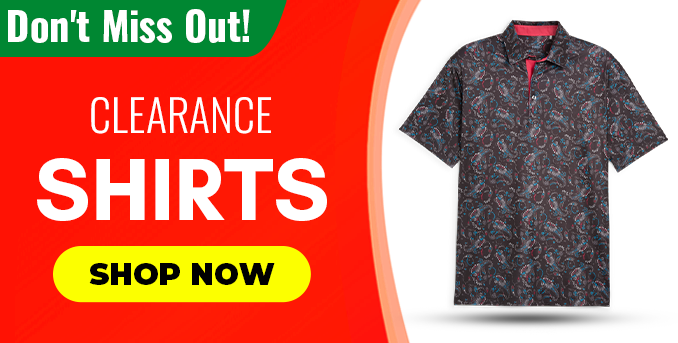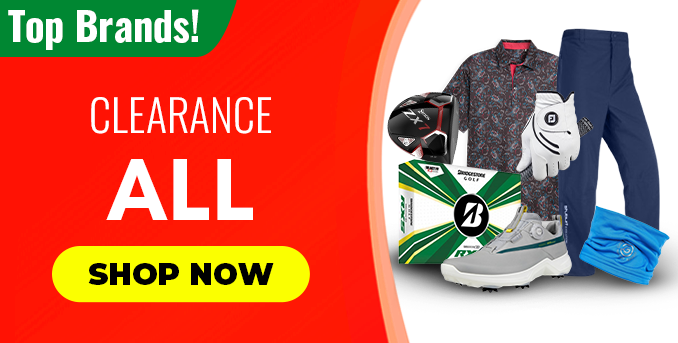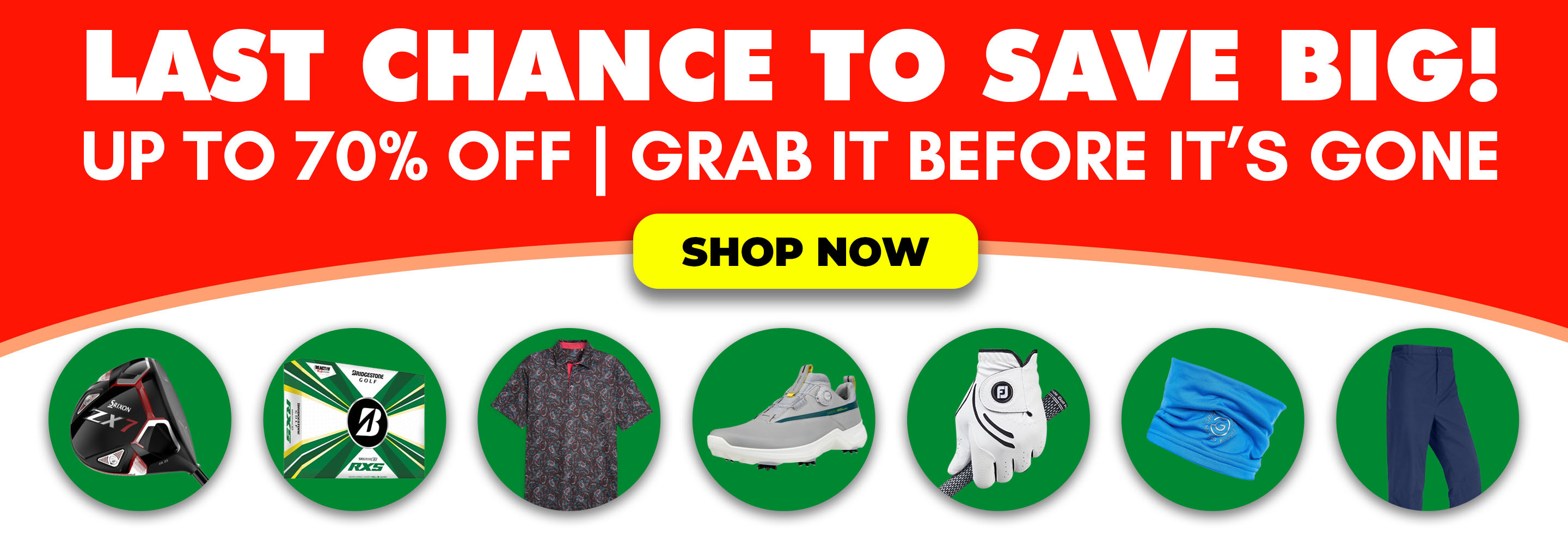Golfers Elbow: Do I Have it and How Can I Treat it?!
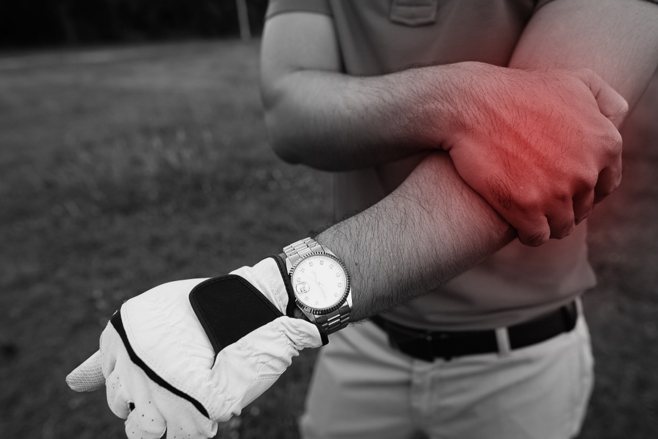
Nagging pain, swelling and general discomfort felt in the inner side of your elbow can really only mean one thing; nine times out of ten the symptoms described are that of medial epicondylitis – aka ‘golfers elbow’.
Contrary to its name, it doesn’t just affect golfers, however as a golfing enthusiast you will - of course - be more prone to developing the condition.
Why does it happen?
Aggravation of the tendons in question often results from overuse of the forearm and wrist, hence golfers who are repetitively swinging clubs will be affected. The bony bit of your inner elbow is where the pain tends to begin, and it can extend all the way down your forearm as far as your wrist.
The elbow irritation ranges from a nagging discomfort to a severe soreness or even agonising pain due to inflammation of the tendons as they sit on the relevant bone.
Tendonitis (tendons becoming inflamed) is actually a natural bodily response, and pain, swelling and warmth occur as our bodies are healing themselves. However, it is when the condition becomes lengthy and chronic that it becomes an issue.
How do I treat it?
So you’ve recognised the above symptoms and been diagnosed with golfers elbow, but what now? There are several treatments for golfer’s elbow, some of which will work for some people and be useless to others; finding a method that works for you is a case of trial and error:
- Halt all activities that increase and aggravate pain in the elbow – i.e. give golf a rest! It’s only ok to return to these sorts of activities when pain levels go to around 2/10 – and even then you should easy back in very carefully. If you feel any pain, stop immediately!
- Wear a counterforce brace for four to six weeks (A forearm strap which is worn just below the elbow to limit the stress on the muscles.)
- Acupuncture treatments twice a week for four weeks has been shown to be very effective at relieving symptoms of golfers elbow.
- Sports massage, deep heat, ice packs and ultra sound are all elements of physical therapy or occupational therapy which help to heal golfers elbow. Icing the area three times a day for 5 minutes at a time has proven to be extremely effective. If you don’t wish to visit a physio for whatever reason, Nirschl exercises (specialised stretching of the hands and arms) can be done by yourself and there are guidance videos available on YouTube.
- Clean up your diet – giving up grains, dairy and sugar for 30 days can greatly decrease inflammation all around your body, hence decreasing inflammation at the site of your pain.
- Anti-inflammatory medications are recommended in severe cases where none of the aforementioned steps are effective. Ibuprofen can be bought over the counter, or you can discuss the issue with your GP who will recommend other anti-inflammatory medications.
If you have tried medication and are still in a lot of pain, then use of a Corticosteroid injection is the next step. Steroid injections, although effective immediately, often ware off after a few months and need to be repeated. A recent development is the use of Platelet Rich Plasma (PRP) injections which have shown to be more effective than steroid injections, but are much more expensive.
Surgery
If none of the above treatments are having a positive effect on your injury, then surgery may be necessary as a last resort. The surgery is usually performed as day case surgery. This may be performed by an open approach, percutaneous or arthroscopically (keyhole). There are pros and cons to each of these methods, but the results are similar.
Prevention
[caption id="attachment_3007" align="alignnone" width="640"]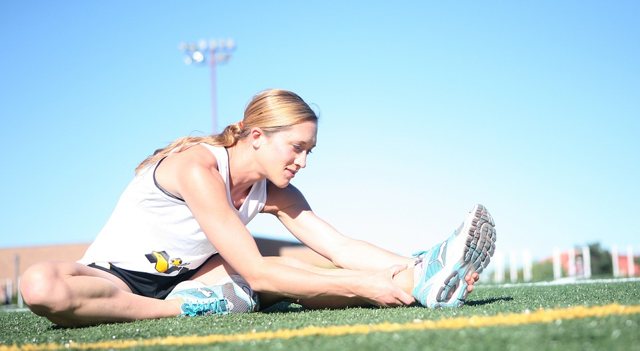 Image credit www.pixabay.com[/caption]
Image credit www.pixabay.com[/caption]
Once treated, it’s likely you’ll want to do everything in your power to stop your golfers elbow returning. Warming up and down before and after exercise are vital if you want to prevent injury. Moreover, using ice after a particularly strenuous session can be extremely useful.
Finally, form is key; make sure you keep your muscles strong and your positioning correct when lifting weights or playing sport in order to keep golfers elbow and other repetitive strain injuries at bay.
Feature image: DANAI KHAMPIRANON/Shutterstock



